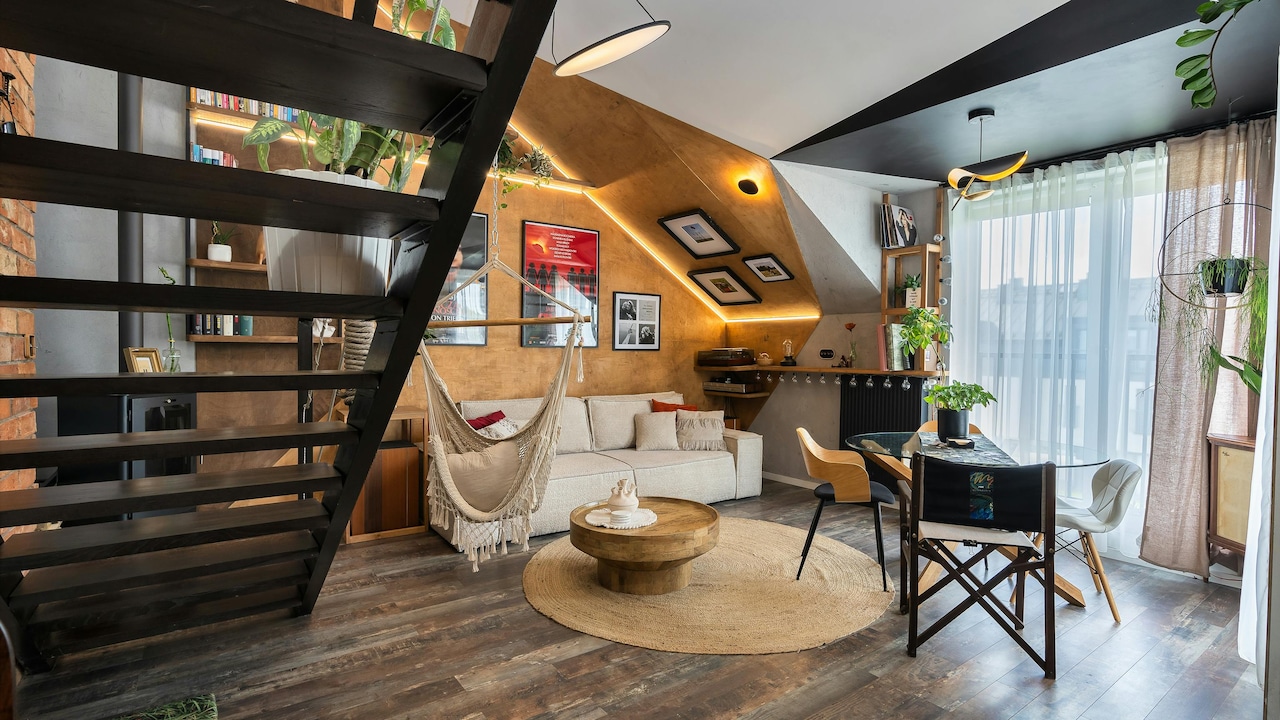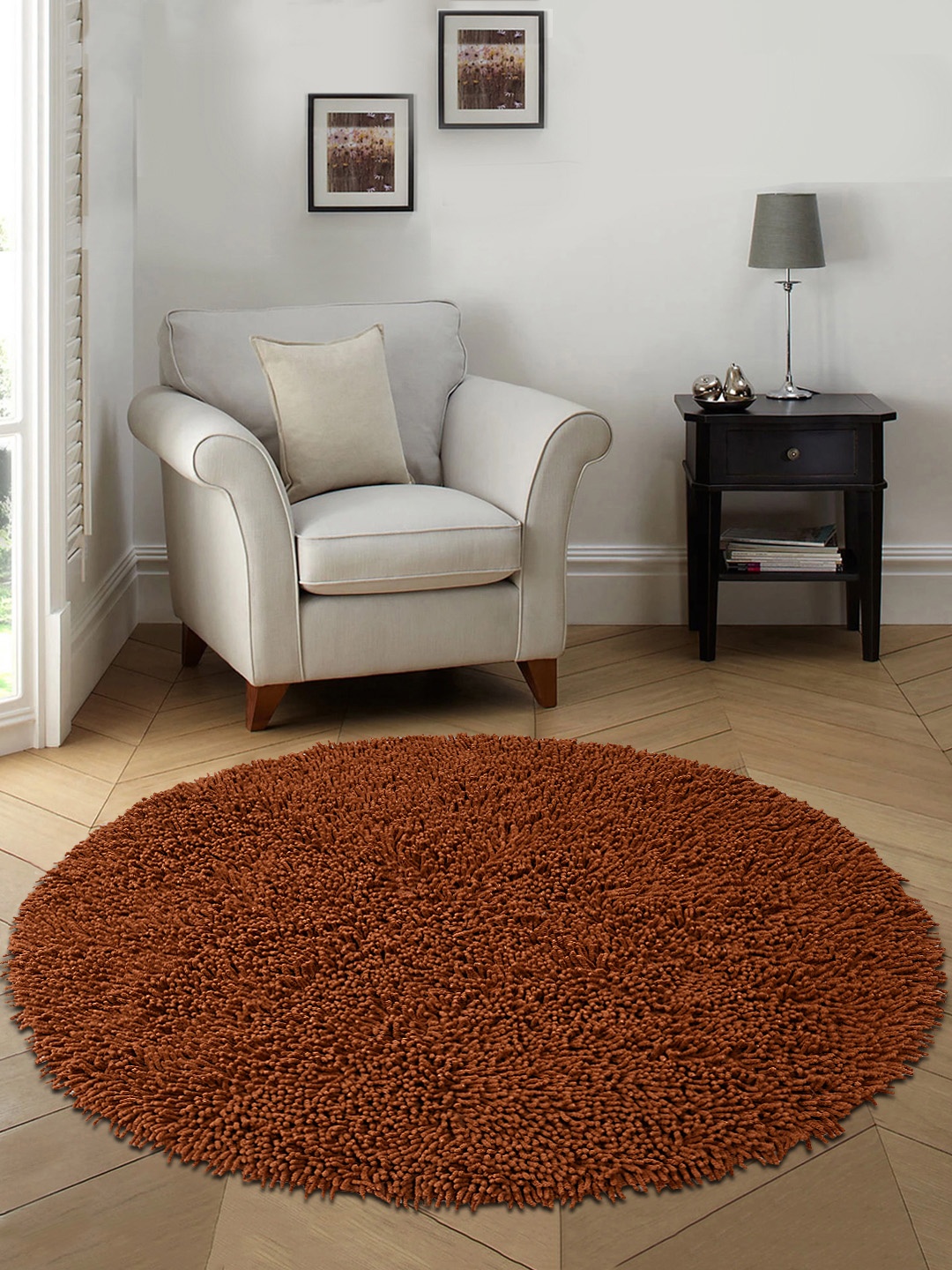How To Choose The Best Ceiling Lights For Comfortable Night Reading Without Eye Strain
A long evening with a good book can be one of lifels's implest pleasures, until harsh lighting spoils the moment. Choosing the right ceiling light is not just about looks; it's about comfort, clarity and protecting your eyes. Check top 5 picks, from Crompton, Wipro to Murphy too now.

How To Choose Ceiling Lights That Do Not Strain Eyes During Night Reading; Check Top 5 Picks Too.
Picture this: the night is calm, the air is still, and there's a favourite book waiting. The story is about to unfold, but the lighting is all wrong, too bright, too dim, or too harsh. Eyes start to ache, and the magic of reading fades. The right ceiling light can make all the difference between a relaxed reading session and a restless one.
Lighting is more than an aesthetic choice; it directly affects how we feel and function. Poor lighting can cause headaches, dry eyes, and even disturb sleep patterns. On the other hand, well-chosen ceiling lights create an inviting atmosphere, enhance concentration, and protect eyesight.
Selecting such lighting may seem technical, but it's an art backed by a few smart principles. This article takes you through 10 essential points on how to pick ceiling lights that don't strain the eyes during night reading. We also list the top 5 picks, from Crompton, Wipro to Murphy.

How To Pick Ceiling Lights That Do Not Strain Eyes During Night Reading; Photo Credit: Pexels
Understanding the Art of Choosing the Perfect Ceiling Light
1. Start with the Right Brightness: Finding the Perfect Balance
Brightness is the soul of good lighting. Too little light strains the eyes; too much creates glare. For comfortable night reading, the ceiling light should provide moderate illumination, bright enough to make words crisp but soft enough to relax the gaze.
A good measure is around 400 to 800 lumens per square metre for reading areas. This level avoids harsh contrasts between the page and surroundings. In a medium-sized bedroom, an LED ceiling fixture of 12–18 watts often does the trick.
Avoid the temptation of ultra-bright lights that mimic daylight; they can tire the eyes quickly. Instead, look for dimmable LEDs. With a simple remote or wall dimmer, the brightness can be adjusted depending on the hour or mood.
Lighting should complement, not compete with, the serenity of your reading moments. Think of it as background music for the eyes: steady, smooth, and soothing.
2. Choose the Right Colour Temperature: Warm vs Cool Light
Colour temperature determines how “warm” or “cool” a light feels. It's measured in Kelvin (K). A light with around 2700K to 3000K emits a warm, golden hue, perfect for cosy night reading. Cooler tones (above 4000K) are better for workspaces but too harsh for bedrooms.
Warm light mimics the gentle glow of a sunset, helping the brain wind down. It promotes melatonin production, preparing the body for rest. Cool light, while energising, can trick the mind into thinking it's still daytime.
A layered lighting setup can help, use a warm ceiling light and supplement it with a neutral reading lamp. Many modern ceiling lights also allow tunable white options, so the colour temperature can shift with time, cooler for early evenings and warmer for bedtime reading.
As a rule of thumb: if the light feels like it belongs in a café rather than a clinic, it's probably right for your reading nook.
3. Mind the Glare: Soft Diffusion Is the Secret
Glare is one of the biggest culprits behind eye strain. It happens when light hits shiny surfaces or directly enters the eyes. To avoid it, look for ceiling lights with diffusers, frosted or opal glass covers that spread light evenly across the room.
A well-diffused light eliminates sharp contrasts and prevents that uncomfortable squint. Pendant-style fixtures with downward shades can also reduce glare if positioned thoughtfully.
Avoid exposed bulbs, glossy reflectors, or mirrored finishes. These may look modern but are terrible for prolonged reading comfort. Instead, matte or satin textures work wonders.
If the room has reflective tiles or glossy furniture, a soft diffuser ceiling light helps maintain a balanced tone throughout. The goal is to create illumination that feels natural, like gentle daylight filtered through sheer curtains.
Also Read: 5 Affordable Diwali Lights for Stunning Diwali Decoration
4. Pick the Right Fixture Placement: Position Matters
The most beautiful light can still feel wrong if it's in the wrong place. Ceiling lights should spread illumination evenly, avoiding shadows over reading spots. If the bed or sofa is your reading corner, the fixture should ideally be centred or slightly offset above it.
Avoid placing ceiling lights directly above the eyes when lying down; that can create glare. For multi-use rooms, layered lighting, combining ceiling lights, wall sconces, and table lamps, provides flexibility and visual balance.
Ceiling height also matters. In rooms with low ceilings, flush-mounted fixtures are better as they disperse light broadly without crowding the space. For higher ceilings, semi-flush or pendant styles can offer both brightness and style.
Think of placement like choreography: the light should move with your activities, never against them.
5. Invest in Dimmable Options: Lighting That Adapts to You
Eyes adjust to different levels of light through the day. What feels fine at 8 PM might feel blinding at midnight. Dimmable ceiling lights let you tailor the brightness to your comfort.
With LED technology, dimmers have become energy-efficient and affordable. Many options come with remote control or smartphone apps, making adjustments effortless. A simple dimmer switch costs around ₹500–₹1,500, yet it can dramatically improve comfort.
When winding down for bed, a low, warm glow helps signal to the brain that it's time to rest. During study or work sessions, increase the brightness to stay alert. It's a small investment that pays off in both comfort and eye health.
Light shouldn't control your mood; it should adapt to it.
6. Pay Attention to Colour Rendering: Seeing True Colours
The Colour Rendering Index (CRI) measures how accurately a light shows colours compared to natural sunlight. For reading, a CRI above 80 is essential. This ensures printed text appears sharp and true to tone, reducing strain on the eyes.
Low-CRI lights can make white pages look dull or yellowish, forcing the eyes to work harder. High-quality LED lights offer CRI levels up to 95, giving a crisp and pleasant reading experience.
If you love reading illustrated books, magazines, or artwork, this factor becomes even more important. Colours appear vibrant, details clearer, and overall visibility more natural.
Always check product specifications, good lighting manufacturers proudly display CRI ratings. Think of it as clarity insurance for your eyes.
7. Consider the Ceiling Colour and Room Décor
Lighting doesn't work alone; the ceiling and walls play supporting roles. A dark-coloured ceiling absorbs light, making a room appear dimmer, while a white or pastel one reflects it gently.
If the room has earthy or muted tones, opt for slightly brighter ceiling lights to balance the warmth. For white or cream walls, medium brightness works best to avoid harsh reflections.
Textures also matter, matte finishes diffuse light beautifully, while glossy ones bounce it unpredictably. Add curtains or rugs to soften reflections if the light feels too intense.
Ultimately, the ceiling light should harmonise with the room's personality, bright but not brash, functional yet aesthetic. The aim is an ambience that invites you to linger with your book, not rush through it.
8. Explore Smart Lighting: Convenience Meets Comfort
Smart lighting has transformed how homes glow after sunset. With a simple app or voice command, ceiling lights can adjust brightness, warmth, and even colour tones.
Imagine switching from a study mode to a “relax and read” mode without leaving the bed. Brands like Philips, Wipro, and Syska offer smart ceiling lights in India starting at around ₹2,000. Some even sync with daily routines, automatically dimming at night for better eye comfort.
These lights also save energy by using sensors or timers, ensuring you never leave them on unnecessarily.
Smart lighting isn't just luxury; it's thoughtful living. It recognises that every evening isn't the same. Some nights call for focus, others for comfort, and your light should know the difference.
9. Energy Efficiency: Save Power, Protect Eyes
The right ceiling light not only cares for your eyes but also for your electricity bill. LEDs are the most efficient choice today, using up to 80% less energy than traditional bulbs and lasting ten times longer.
Besides their efficiency, LEDs produce minimal heat, reducing discomfort in warm climates. Over time, this means less strain on both eyes and wallets.
Energy-efficient lights also allow for frequent dimming and switching without flicker, a common issue in older fluorescent lamps that can cause eye fatigue.
When shopping, look for BEE star ratings or energy labels. A high-rated LED isn't just eco-friendly; it delivers consistent, flicker-free light perfect for long reading sessions. Comfort shouldn't come at the cost of conservation.
10. Don't Forget the Aesthetic Touch: Beauty in Function
Lighting is not only practical; it's part of a home's character. A beautifully chosen ceiling light adds personality to the room while keeping the ambience soft and inviting.
Choose designs that reflect your taste, minimalist discs, wooden panels, or decorative glass domes. The trick is to ensure the style doesn't compromise function. Avoid overly intricate designs that trap dust or block light.
For reading-friendly rooms, fixtures that combine clean design with gentle diffusion work best. Add a dimmable bedside lamp to complement the ceiling light for layered warmth.
The perfect light blends into your evenings quietly. It doesn't demand attention but enhances every page you turn.

How To Pick Ceiling Lights That Do Not Strain Eyes During Night Reading
Photo Credit: Pexels
Products Related To This Article
1. Murphy Aluminium 12-Watt Borderless Round Led Surface Mount Panel Light
2. Crompton Platina Star Stylus Surface Panel 12W LED Round
3. PANCA 22W Modern Ceiling LED Light with Remote Control
4. 50W Modern Square LED Ceiling Light 24cm
5. Wipro Garnet 15W Round Led Wave Panel Light for Ceiling
Choosing a ceiling light for night reading may seem like a small decision, but its impact is profound. The right one supports relaxation, prevents strain, and enhances every quiet moment spent with a good book.
In the end, good lighting is about harmony between brightness and softness, form and function, energy and ease. When chosen thoughtfully, a ceiling light transforms not just a room but the rhythm of every evening.
So next time you curl up with a book, let the story glow gently under a light that feels just right.
Disclaimer: The images used in this article are for illustration purpose only. They may not be an exact representation of the products, categories and brands listed in this article.















![Steam Iron Teflon Shoe Cover for ES-300,ST-96 [Only For ES-300 and ST-96 Model Electric Steam Irons]](https://m.media-amazon.com/images/I/51wwkttondL._SL160_.jpg)








